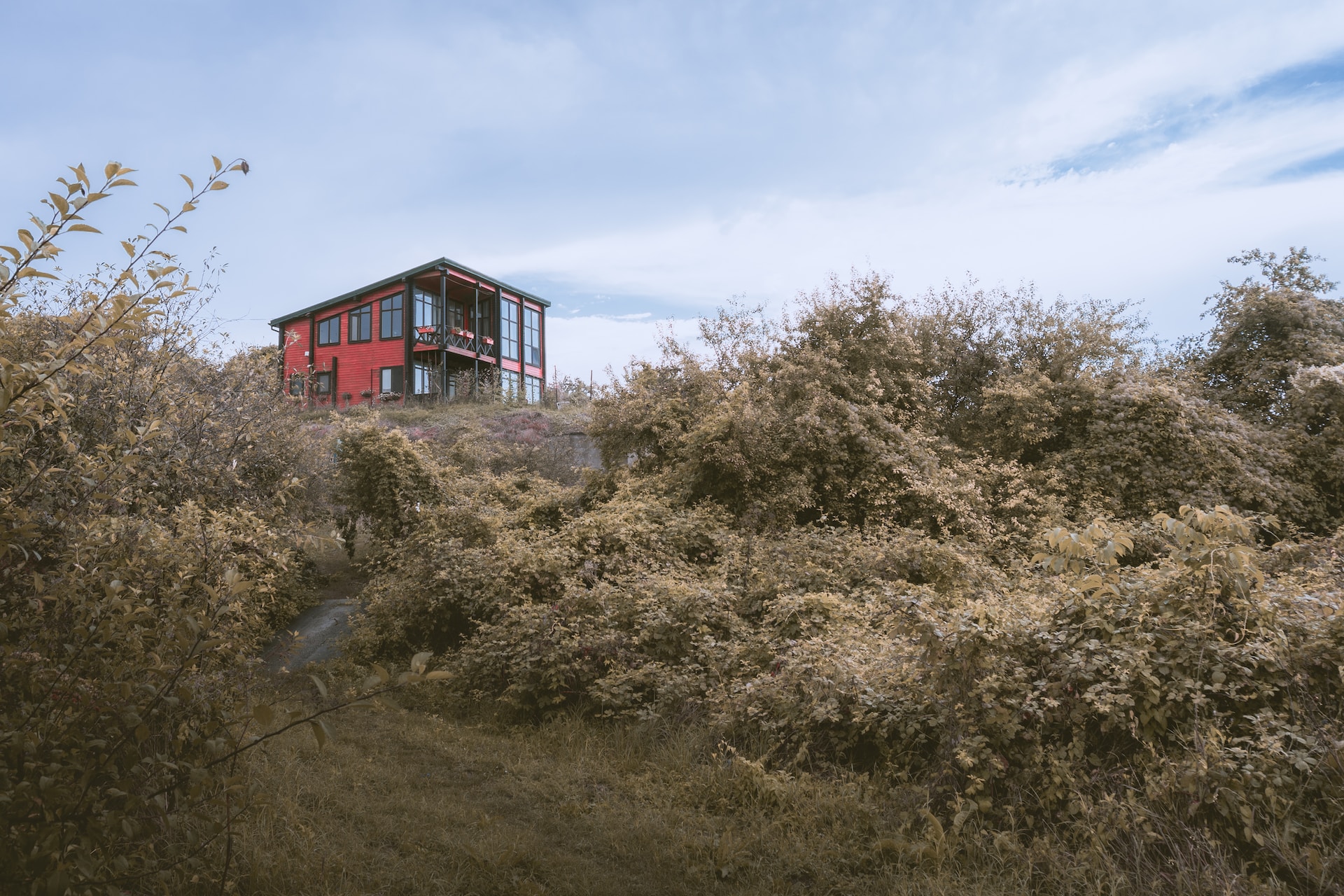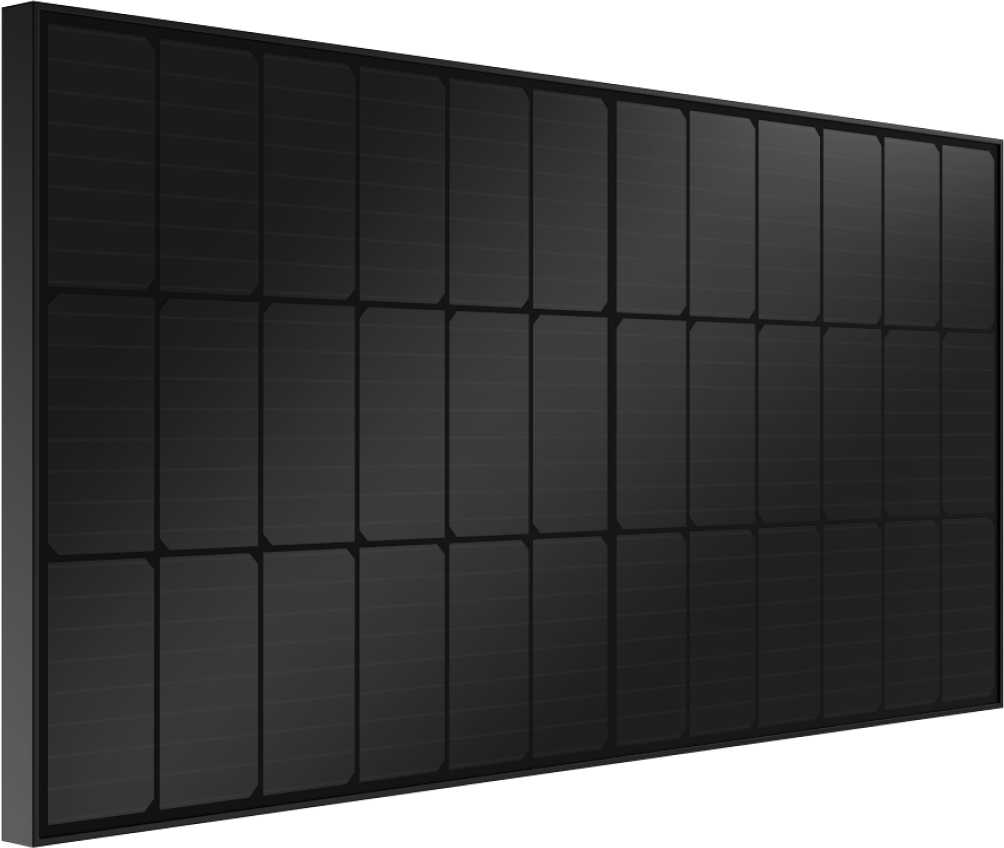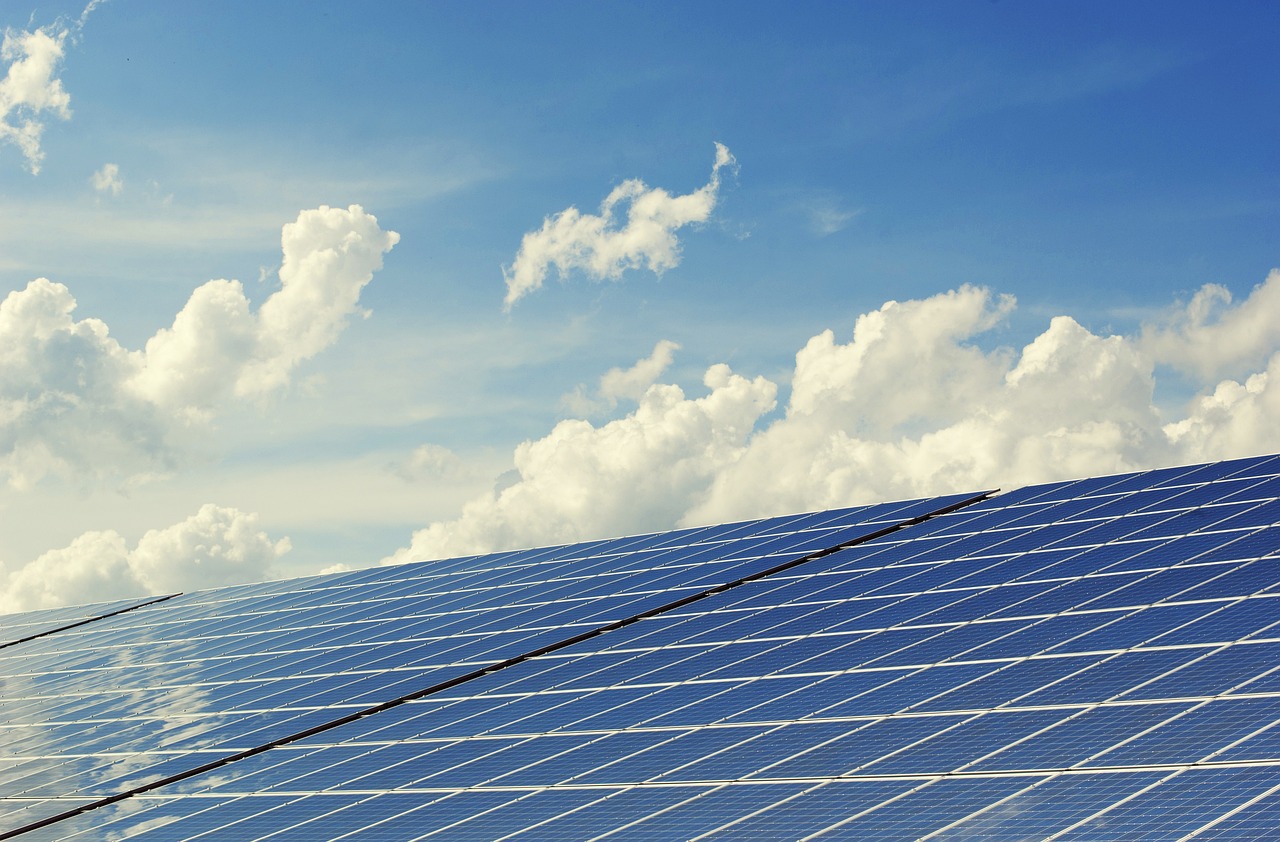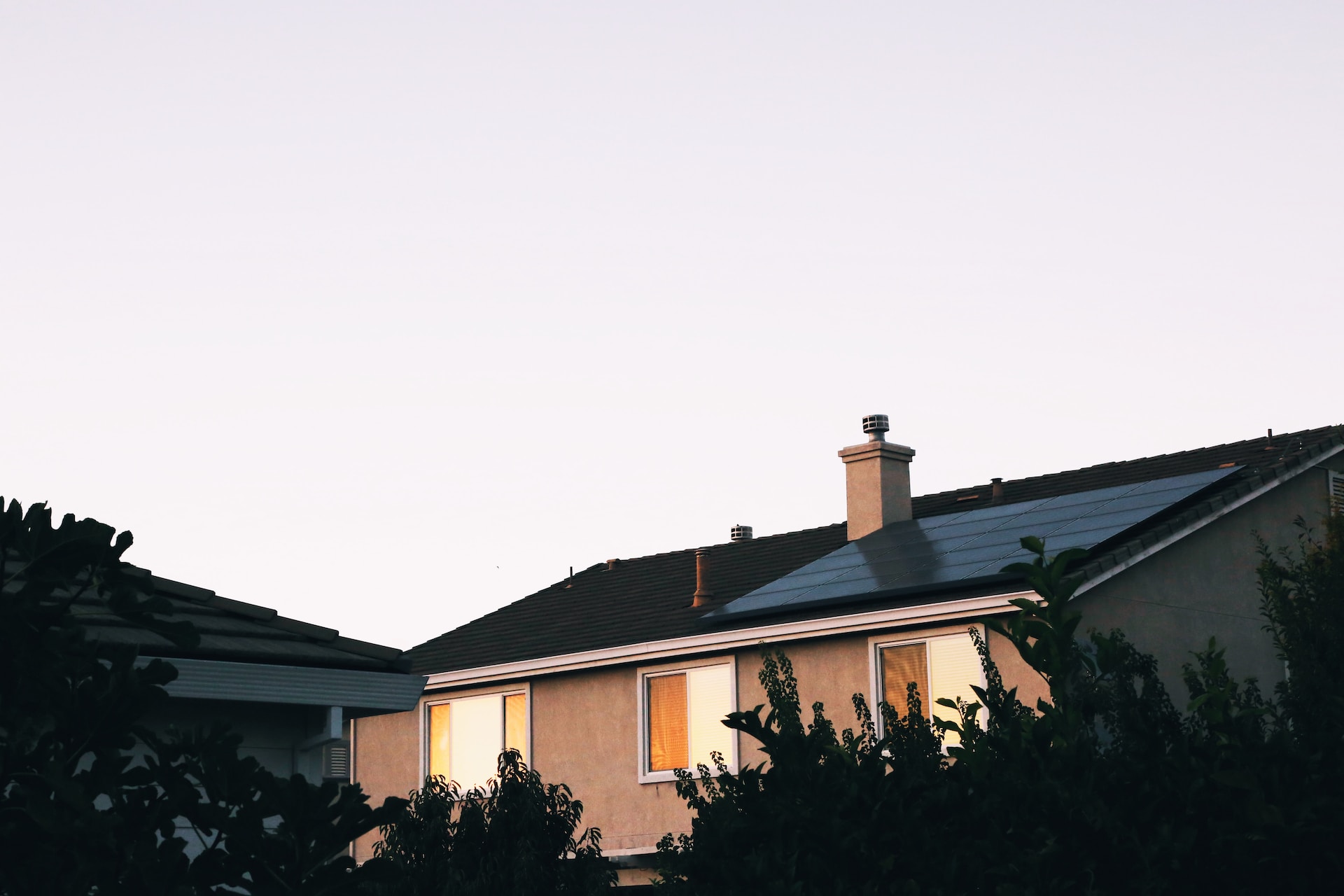
Buyer Guides
The Best Solar Panels for Cloudy Days
Optivolt
May 17, 2023
5 min read
Solar panels perform at their best when under direct sunlight. Cloudy days and partial shading won't completely block out the sun, but they will reduce the number of photons that reach a solar array. This leads to lower electricity generation and, for off-grid systems, a chance of running out of power.
There are a few steps you can take to avoid a loss of power and maximize your energy production, including purchasing the best panels for cloudy days. Let's explore how cloudy days affect a solar array and which panels are optimized for overcast weather.
How Do Cloudy Days Affect Solar Panels?
Solar panels generate power by gathering sunlight and converting it into usable electricity. Cloudy days reduce the intensity of the sun — with less sunlight comes less power generation. The sun is never completely blocked out, however, so some power generation is still possible.
The exact amount of electricity that a solar panel can generate is dependent on a variety of factors, including cloud density, other weather conditions, and the panel's efficiency.
The Best Type of Solar Panels for Cloudy Areas
Some panels are better at dealing with cloud cover than others. Most popular monocrystalline solar panels are constructed in the same manner and will achieve similar efficiencies on a cloudy day.
Bifacial solar modules add a small boost in power generation over basic monocrystalline panels, as they feature solar cells on both the front and back of the panel. However, these panels are impractical for common setups like residential and RV solar systems since the back of the panel should not be obstructed when mounted.
Shade-tolerant solar panels provide a solution to shading and cloud coverage problems. These panels are specifically engineered to maximize efficiency when part of the panel or array is shaded.

Even with the best solar panels for cloudy days, efficiency will be much lower than a day with clear skies. In order to maximize energy production, you can improve the efficiency of your panels by optimizing the factors that are in your control.
How to Improve the Efficiency of Your Solar Panels for Cloudy Days
On a cloudy day, there will inevitably be less sunlight that reaches your panels. You can still take a few steps to make sure that your solar array is optimized for maximum power production.
Orientation and Tilt
Orienting your panels towards the sun is the first step towards higher power generation. Ideally, your panels were installed optimally to begin with. They should sit at around a 40° angle (depending on your latitude) and facing south if you are in the Northern Hemisphere. Tilting brackets can help you dial in precise angles as the sun changes its trajectory throughout the year.
Location
If you have an RV solar system, you are able to move your solar array with ease (unlike a residential system). Use this to your advantage — adjust your vehicle's positioning throughout the day as the sun moves across the sky.
Solar homeowners should be careful to install their panels in an optimal location for year-round power generation. If possible, the panels should never receive shading or obstruction from nearby objects.
Maintenance
Solar panels do require a small amount of maintenance every once in a while, mostly in the form of cleaning. Wash the panels with water and a sponge to remove debris and dust that may be blocking out sunlight. Remove snow promptly to avoid having your panels completely obstructed.
What to Consider When Purchasing Panels for a Cloudy Area
Efficiency Rating
Solar panel efficiency refers to the percentage of solar energy that a panel can convert into electricity. Panels with a higher efficiency rating can generate more electricity than comparable models. Even if two panels have the same wattage rating, they may convert sunlight at different efficiencies. The average panel has an efficiency rating around 15-17%, whereas higher-quality models will be rated over 20%.
System Size
You may be able to compensate for cloudy days by increasing the size of your system. Residential systems often have roof space to spare — adding a few extra panels can help provide insurance against extended periods of cloudy days.

If you have an RV solar system, you may not have the luxury of increasing your system size. Instead, you can focus on equipping your system with the best solar panels for cloudy days. Shade-tolerant solar panels will maximize your power generation in both sunny and cloudy weather.
Warranty
Receiving a warranty is a necessity for expensive purchases like a solar array. Most solar panels come with some sort of warranty, but the terms and lengths may vary. Reputable manufacturers will provide at least a 3-year warranty, while the best in the business will usually offer a 5-year warranty. The panels with longer warranties will generally have better construction, higher efficiency ratings, and improved performance on cloudy days.
In addition, a hassle-free return policy suggests that a company believes in their product. Avoid panel manufacturers that don't allow for returns.
Off-Grid vs. Grid-Tied
Are you aiming for fully off-grid power generation, or will your home be tied into the grid?
A grid-tied system can call upon the power grid for extra power as needed, so a cloudy day is less detrimental. If a grid-tied solar array stops generating power due to cloudy weather, the home will still stay powered up as normal (but the electric bill will inevitably go up).
Off-grid solar arrays need to keep the batteries charged during extended periods of overcast weather, so maximizing the power generation of these systems is much more important. This includes RV and camper van solar setups (unless the vehicle is often parked at a campground with shore power).
Shade Tolerance
Some PV modules are better equipped for shade than others. Traditional solar panels drastically reduce power output in the shade.
Individual solar cells are wired in series to create a panel. Due to the way that series circuits function, the output of an entire panel can be drastically reduced if just a small portion becomes shaded.
Optivolt has created shade-tolerant solar panels that maximize efficiency in cloudy weather and the shade. If one of these panels becomes shaded, the rest of the array can still function at high efficiency.
Conclusion
The occasional cloudy day is unavoidable and factored into most solar setups. But if you live in an area that receives frequent cloud coverage, you will need to optimize your array to get the most out of the little sunlight that will hit your panels.
The best solar panels for cloudy days are optimized for shading and overcast weather. Optivolt is the only innovator producing shade-tolerant solar panels. Their 100W panel is available for pre-order now.
Related Questions
Do Solar Panels Work in the Shade?
Solar panels do work in the shade. However, they generate considerably less power. If even one cell becomes shaded, then the rest of the panel's output is affected. Shade-tolerant solar panels offer a solution to this problem, performing better in the shade than traditional panels.
